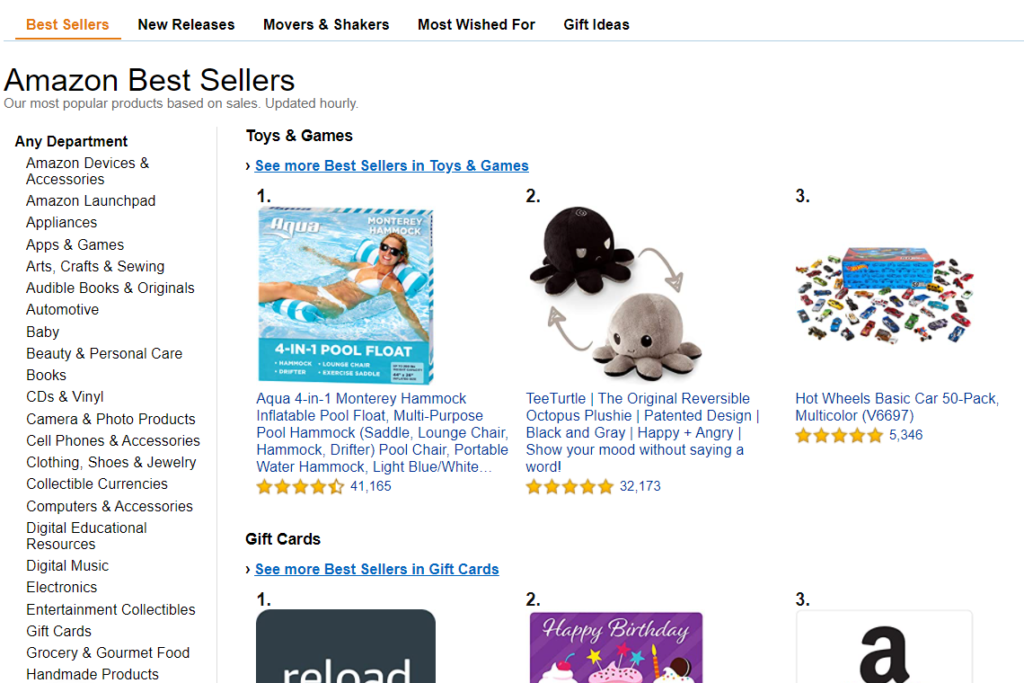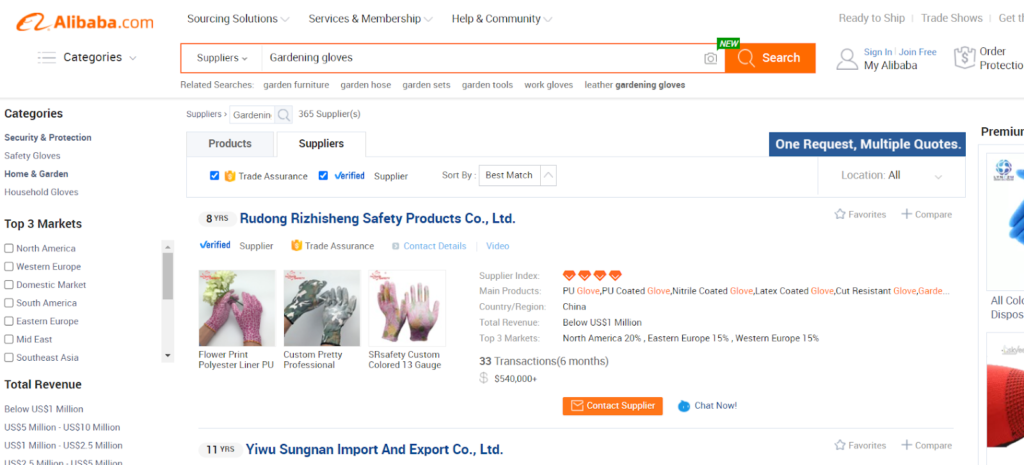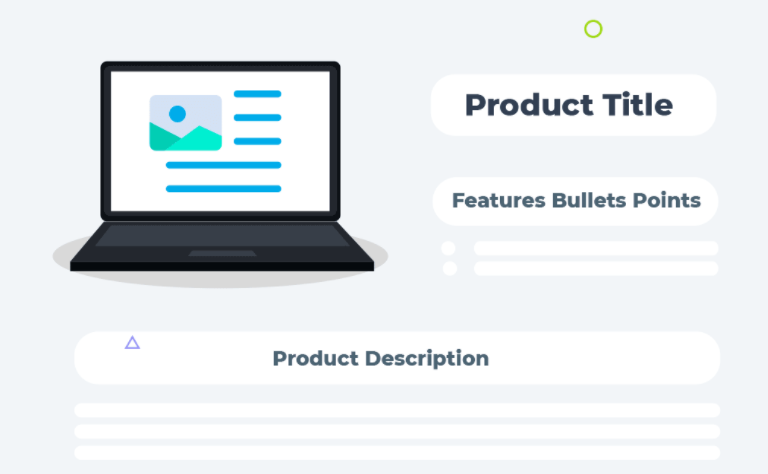Table of Contents
eCommerce is a great way to earn some extra income or to be your boss. There are a variety of ways to create a successful business. This article has six top tips to help you get started.
Why Starting an eCommerce Business is a Good Idea
Starting an eCommerce store is a great way to earn some extra money. There is no better time to launch your new business with so many options to sell and advertise your products. Whether you plan to work on your store full-time or as a side hustle, there is great money to be made on Amazon, your website, or other eCommerce platforms.
This article provides six steps to setting up a successful eCommerce business. It covers every aspect of your store, from selecting a shipping provider to creating and designing, then optimizing your online store. There is also guidance about researching your products, including some hacks on doing it effectively – and risk-free.
We also help guide you on finding your suppliers, routes-to-market, and options such as fulfillment by Amazon. It is vital not to simply list products and expect them to sell. To this end, we will show you some tools to create demand for your products without breaking the bank.
6 Steps to a Successful eCommerce Business
Considering every aspect of your online store is vital from the get-go. Attention to detail is vital for getting your shop created and configured to provide the best customer experience.
#1 Choose a selling method
Deciding on your selling method is the first step toward building your eCommerce business. You may choose to run different strategies on different product lines. However, knowing how you will sell and fulfill your orders is the basic starting point of eCommerce.
Dropshipping is a popular choice with new eCommerce business owners. A low-risk option, dropshipping means that you never physically touch the products. It involves creating product listings, processing customers’ orders, then ordering from your supplier. The supplier then dispatches the product directly to your customer.
Your customer will not know (or care) that you are using a dropshipping business model. As the seller, you will still be responsible for ensuring that the customer’s order reaches them on time in perfect condition. This makes it vital to form a trusted relationship with your dropshipping suppliers, as their performance could make or break your business. Make sure to agree on a strict service agreement and how to escalate problems should they arise.
In parallel, wholesale is a good strategy for faster moving, smaller product lines that are easier to store. Plan to move this stock on as quickly as possible using sales tools such as multi-unit discounts. Although it is not the most glamorous part of eCommerce, finding the right shipping provider is what can make or break your wholesale strategy. Pay attention to this and engage a provider that will deliver for you.
Products can be uploaded in bulk, you can optimize your descriptions, and then figure out how to stand out from your competition. There is so much range to choose from, and you can test what works best without taking huge risks on stocking orders.
You could also choose to mix up your strategy of dropshipping and wholesale. Consider using drop shipping for higher-value or bulky items you cannot finance or hold in stock.
Amazon offers options such as Fulfillment by Amazon. This is a shipping solution for new eCommerce entrepreneurs. Fulfillment by Merchant is similar, but the seller provides their shipping with this service. There is a lot of flexibility for Amazon sellers depending on your resources and warehousing space.
#2 Create your online store
The next step is to create your store. Depending on your starting capital, capabilities, and time, you have several options, which we listed earlier.
Selling on Amazon is the logical choice, and you would be joining over 2 million other sellers globally. To get started, you just need a seller account. You don’t need to configure anything other than adding your products.
You can also consider other sales channels, such as building your eCommerce store with WordPress or WooCommerce. This option will suit you if you are ready to spend time and learn how to create and maintain a website on your own. Having a huge number of themes and plugins can make this process a lot easier. The main advantage of this option is that you are the boss here.
There are also plenty of free and cheap options available with no website development experience required.
Other channels such as eBay or Facebook stores are also good options. Make sure to give focus on one channel, to begin with, then spread out when your product listings are optimized and you know what is working well.
#3 Product research
Before you buy hundreds of stock units of a product, do your homework. Look on social media to see what trends are popular. Test the concept by creating some posts and seeing what the buzz is like for a product.
Regardless of where you sell, you should explore the current trends in the most popular marketplace. Check out Amazon Movers and Shakers to see what has been selling best in the past 24 hours. Amazon Best Sellers also gives you insight into the best-performing products over a longer period. Coming up with something new is important, but it is also important to see what people are buying.

#4 Find a supplier
When you have decided on your product range, finding your suppliers is the next step. Sites such as Alibaba and eBay wholesale lots are great ways to search for bulk suppliers. Also, consider visiting trade shows to find and source unique products.

Your supplier inventory will grow as your eCommerce store grows. Each supplier relationship means new paperwork, agreement of terms, and negotiations.
In the early days, try to work with a small number of trusted suppliers or distributors. This enables you to focus on selling stock through and optimizing your promotions.
#5 Create and optimize
eCommerce is potentially lucrative. As a result, it is also highly competitive. Creating product listings and hoping for the best is no longer an option.
Approach your listings like Google Ads. Optimize them with catchy titles, popular keywords, detailed descriptions, and good-quality images. This may take a little more time, but investing some time to get this right is vital.

If you plan to sell on Amazon, tools such as Amazon keyword finders are useful to know how people search for different products. Ensure your product descriptions include as many relevant keywords as possible to maximize their effectiveness.
#6 Promote your products
The days when creating product listings alone could secure high volume sales are in the past. Create some outbound advertising for your new products.
You can use organic or paid social media. Also, consider some PPC Google Ads to optimize search results. Produce some SEO-optimized blogs to improve your organic search results in the main search engines. Amazon sellers can also use Amazon Ads to gain prominence for their listings.
Conclusion
eCommerce stores are a great way to make money in 2024. There are so many options to choose from to create your product range. Advertising your listings requires some hard work and education. Results will depend on the quality of your listings, the optimization of your ads, and the focus that you can put into your eCommerce store.
Above all, eCommerce can be a lot of fun and is a great way to break free of the 9-5 grind. Good luck!